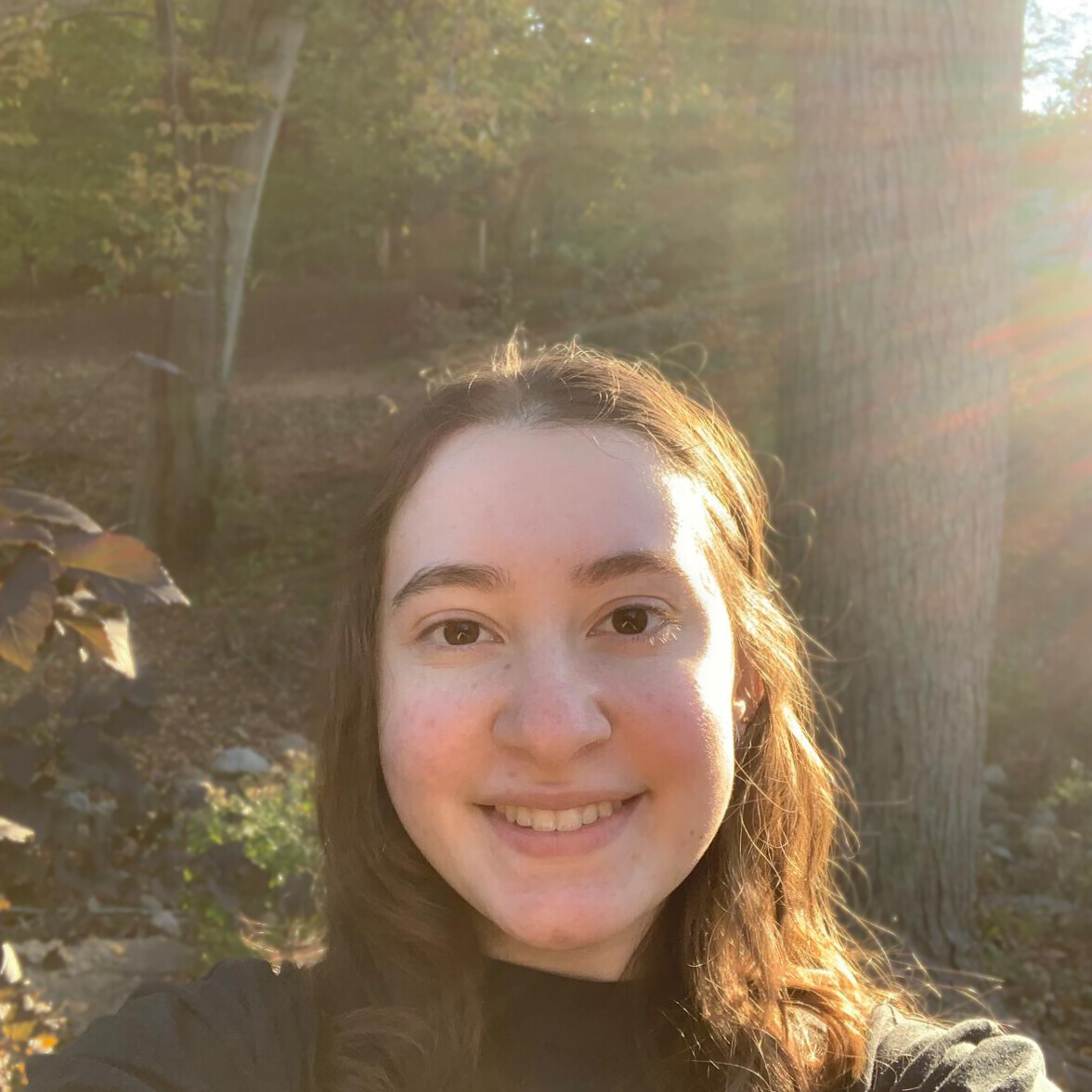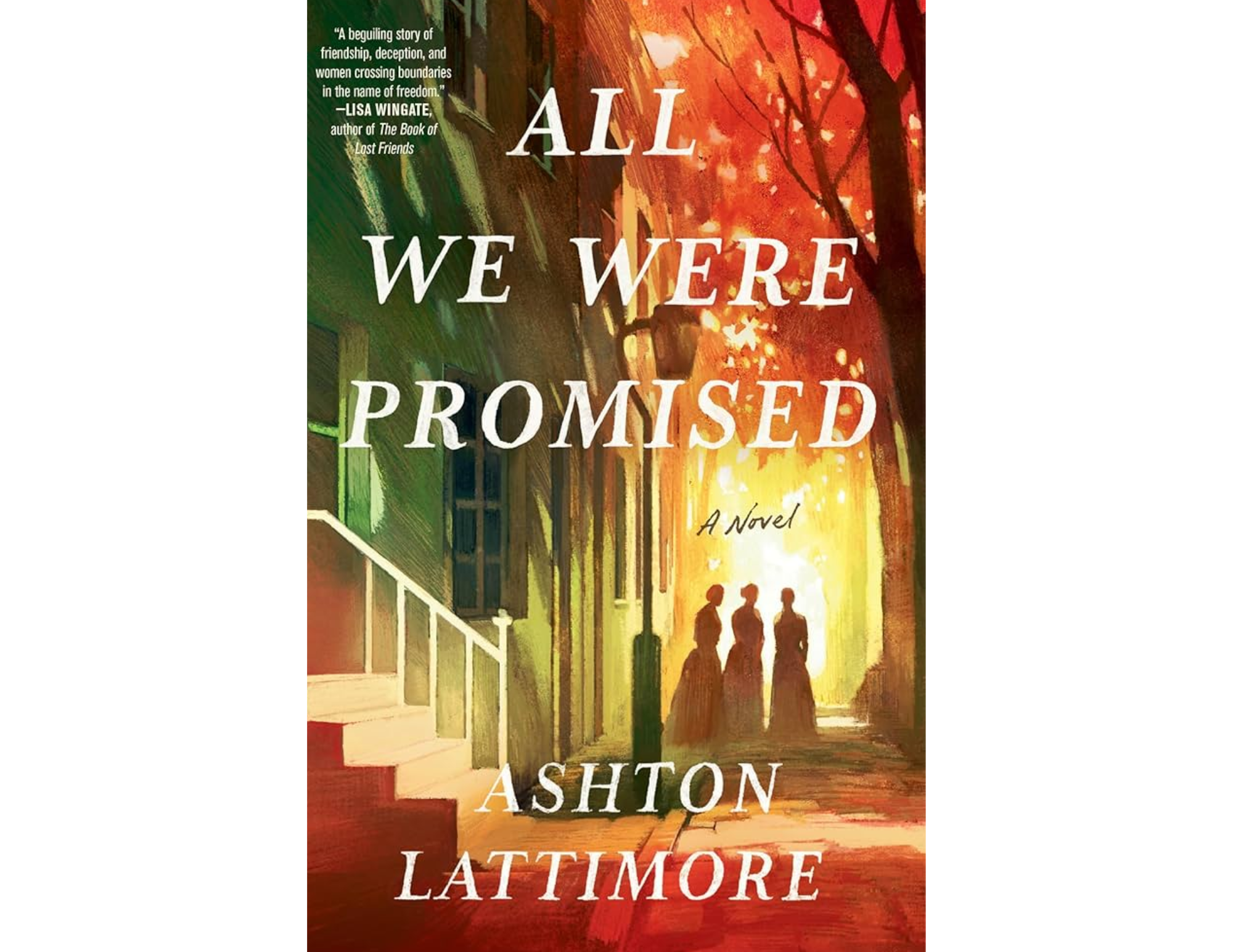Ashton Lattimore’s debut historical-fiction novel, All We Were Promised, tells a tale of injustice, cruelty, and hope. The novel follows three Black women as they try to forge paths for themselves in pre-Civil War Philadelphia.
It is 1838 and tensions are on the verge of boiling over in the face of the upcoming abolitionist convention, set to take place in the newly built Pennsylvania Hall. It is in this true historical background that Lattimore introduces the fictional characters of Charlotte, Nell, and Evie—each a fighter in their own way for the abolition of slavery.
The first character we meet is Charlotte, a fugitive slave who runs away with her father, James, from their plantation. Surviving the perilous journey, Charlotte and her father try to build lives for themselves in Philadelphia, each dealing with their traumatic past in their own way. James, due to his lighter skin, decides to pass as white after seeing the privileges and easier life this disguise grants him. James insists Charlotte play the part of his servant as he sets out to make a name for himself as a respected carpenter—but Charlotte has other ideas. She befriends another young Black woman, Nell, who is the daughter of one of the wealthiest families and is one of the most prominent members of the Black community in Philadelphia.
Despite having grown up wealthy and relatively privileged, Nell is not blind to the suffering of other Black people in her country. She is determined to do everything she can to see the injustices they suffer destroyed and declared illegal. When she meets Charlotte while canvassing for abolition, she sees an opportunity to bring more people in to help her cause, diversify the members of abolitionist societies, and make a true friend.
Nell introduces Charlotte to Black women’s literary clubs based on the real-life Minerva Literary Association and the Edgeworth Literary Association, which thrived in this period. Nell also introduces Charlotte to the Philadelphia Female Anti-Slavery Society (PFASS), an organization which also existed in pre-Civil War America. While Charlotte is interested in furthering the abolitionist cause beside Nell, she still feels shame for having been a slave. Like her father, she keeps this fact to herself as she tries to find who she is and what she wants in her life, now that she has the freedom to choose.
The third character we are introduced to is Evie, Charlotte’s childhood best friend who she left behind, trapped in slavery, as she fled to freedom. After four years of separation, Evie and Charlotte are unexpectedly reunited, as their mistress (slave owner) decides to bring Evie with her as she visits her family in Philadelphia and searches for a new, wealthier, husband. As Evie and Charlotte’s paths cross, they decide, along with Nell, to plot a way to help Evie escape to freedom.
The novel alternates perspectives between Charlotte, Nell, and Evie, with each chapter being written from a different character’s point of view. This allows the reader to better form a connection with each character and understand their perspective. Lattimore’s alternative perspective device also allows the reader to travel through the lines of Black society to get a glimpse of the varied lives of Black people in this era. The novel does not shy away from the injustices that Black people suffered in this era. The story is enriched by mentions of real-life memoirs of slaves, abolitionist publications, and the multitude of ways that Black people—especially those in Philadelphia—fought against slavery. Lattimore critiques Pennsylvania’s own shortcomings, such as how slavery was allowed to remain in the supposedly free state through loopholes and other unjust laws.
All We Were Promised tells a story of three women making a way for themselves as they learn to accept their past, break racial and gender boundaries, while also remaining hopeful for the future, as they try to shape the world into a more just place.
You can visit Ashton Lattimore’s website and purchase her novel here.
All We Were Promised
Ashton Lattimore
Ballantine Books
April 2, 2024
368 pages

